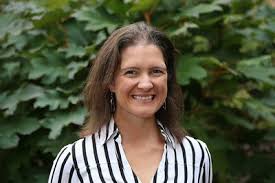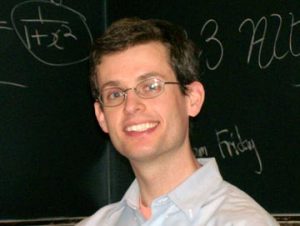
Student Colloquium talk by Professor Kari Lock Morgan, Penn State University
Title: Understanding Statistical Significance
Abstract: You may or may not have heard of results being “statistically significant,” and you may or may not know that results qualify as statistically significant if the p-value falls below a given threshold. Regardless of whether these phrases currently hold any meaning for you, the goal of this talk will be to shed light on the actual meaning of a p-value and statistical significance (beyond just “p < 0.05”). This will be accomplished by covering a modern and computationally intensive way of computing a p-value that will be illustrated both by hands-on and online activities (so bring a laptop or tablet if you want to play along!). This simulation-based approach will be both accessible to those who have never taken any statistics, and valuable to those who have taken statistics but want a deeper understanding or a more modern approach.




